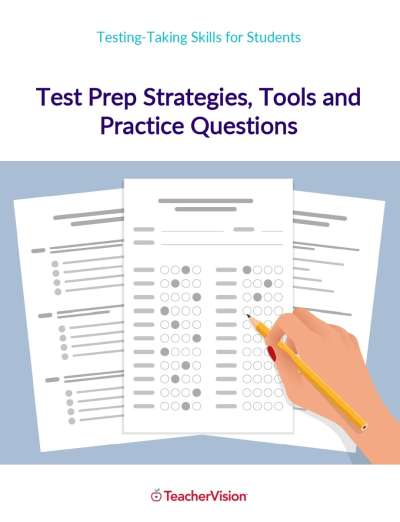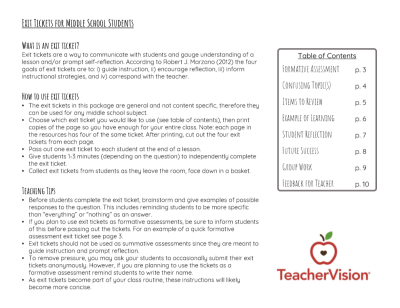Documentation and paperwork is part of our jobs as teachers. When you don't have a system in place, the paperwork can get out of hand. TeacherVision advisory board member, Olivia, created three graphic organizers that will make sure you have systems for behavior documentation. These are a must have for staying organized .

For better or worse, documentation is part of our work as teachers. Because we are responsible for so many students, and so much happens during a school day, it can be challenging to document any incidents that occur in the moment.
If you find yourself jotting down notes on Post Its or any piece of paper you can find, you might find that by the end of the day you either can’t find them under the piles of student work to grade or that you wrote them so quickly that they no longer make sense.
When it is time to call a parent or meet with your administrator, you need to be prepared and able to articulate what happened, when it happened, who was involved, and what actions you took in the moment.
Creating systems for documenting student misbehaviors will take the guesswork out of deciphering your notes, and ensure that you record all the information that you need.
TeacherVision advisory board member, Olivia, created a set of graphic organizers that will help you stay organized and document student behavior. She includes checklists and places for both you and the student to record all the information needed.
Student Behavior Documentation Graphic Organizer
Use this organizer to track the behavior of your students in the classroom. This organizer keeps your data in one place, clearly defines all the parameters of the incident, and makes it easy to identify patterns and share at RTI meetings and conferences.

Student Behavior Reflection Graphic Organizer
This organizer helps students to go through the process of any behaviors or incidents that may have taken place. Students are asked to describe what happened, why it was the incorrect choice, and how they will change their behavior in the future. An option for student and parent signatures are available as well to keep parents well informed as well as documentation for you as a teacher.

Small Group Monitoring Graphic Organizer
Trying to balance all of the needs of your students can get tricky, especially during small group time. Use this simple and easy small group planning organizer to identify the main skill you are teaching and make observations as you go. These plans can be kept to use as data for interventions as well as inform your future instruction.

Teaching Tip
These graphic organizers will only be helpful if you have them readily available to you. Print out multiple copies and put them on a clipboard or in a binder so you can record your notes as the incidents occur.
Teaching Tip
Before you ask a student to reflect on their behavior, consider having a discussion with the class about the reasons why you are asking them to do this. It’s important that students are thoughtful and take the process seriously, while also recognizing that while they made a mistake, and there might be a consequence, that it doesn’t mean that you don’t like them, and that they can’t learn from it and move on.
Teaching Tip
Consider sharing your system for documenting behavior incidents with parents that way they know what to expect when you call them, or ask them for a meeting. It is helpful when everyone is aware of the system, and knows what to expect, especially when challenging situations arise.
Teaching Tip
Share your system with your colleagues. If you are on a grade level team, it can be helpful if all teachers use the same system. Your colleagues will likely appreciate that you are saving them time by sharing these resources.
What are your systems for behavior management? Share with us on Instagram, Facebook, Twitter, and Pinterest.
Olivia Bechtel is a first grade teacher in Westerville, Ohio who loves implementing engaging, innovative lessons to inspire her students. In her free time she enjoys spending time with her husband, son, and two dogs.






